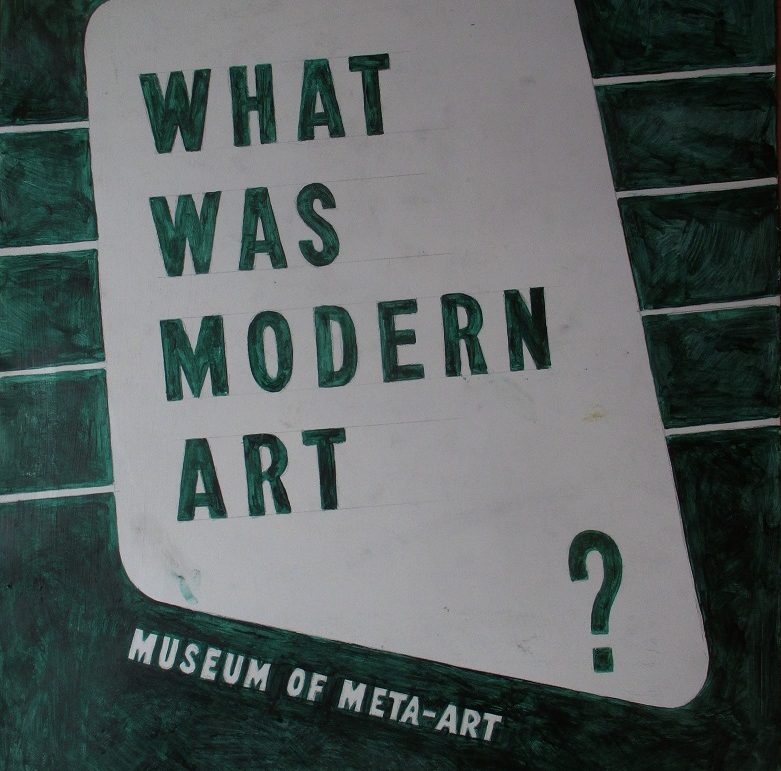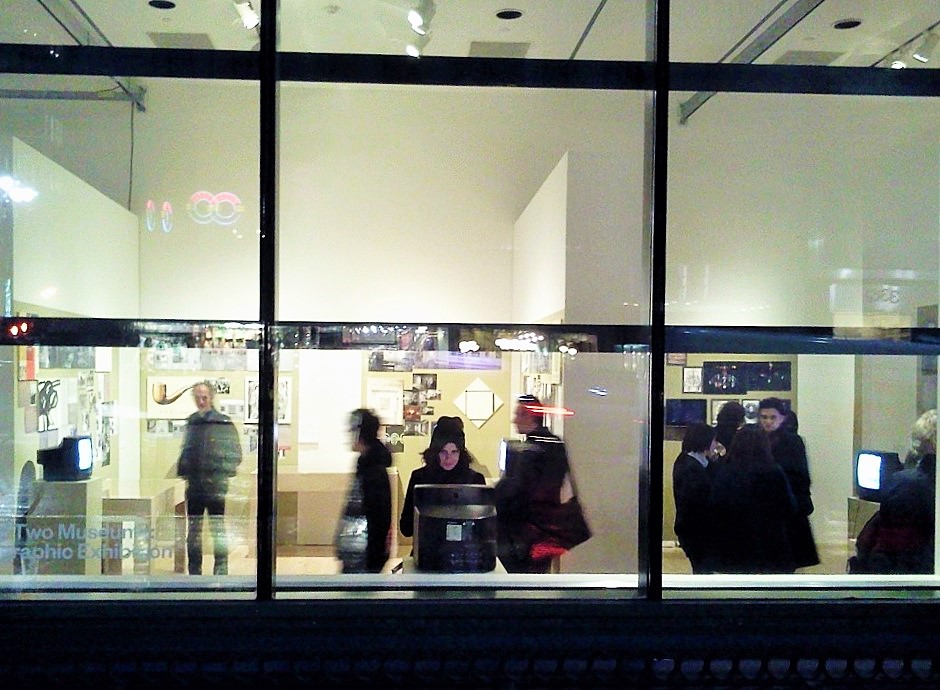Unlike a tale or a myth, in which time could be undefined or cyclical, history is a story about the past organized chronologically and populated by unique characters, objects and events. And unlike a tale or a myth, it is presented as objective recollections of events from the past. Most of the museum exhibits today are organized chronologically along a linear time line having an open end toward the future.
However, there is no such thing as an objective history. Histories are constructed from a certain perspective and we should not confuse a history as a story with the event that it’s describing.
Category Archives: de-artization
Remembering Modernity…
The old wunderkammer was a collection of (usually) disconnected exhibits, each one with its own specific story. The new one could be a graph-like structure with some of its exhibits connected in certain ways, either through their narratives or the way they are put on display and in this way getting additional layer(s) of meaning. And new exhibits might be added to the network or removed from it. The main question remains: what kind of vision of the future might be presented/ articulated through this kind of the display? Most likely, it could, one way or another reinterpret/ reinvents the Middle Ages and at the same time remember the Modernity, the way previously Modernity reinvented and actualized Antiquity while remembering the Middle Ages.
MoMA Made in China
…Since this Museum of Modern Art consists of copies, it is not a museum of the past. It is rather a museum of the future. Moreover, by being modern and non-modern at the same time, it is the only real memory of modern art, the only true Museum of Modern Art in the entire world. This is how it happened that this Great Nation unexpectedly got not only its Modern art, but at the same time its first Museum of Modern Art as well…. From the Tales of the Artisans
The Making of Modern Art
Once, in the early age of modernity, there was a civilization that invented the art as a way of reflecting the world. Art was understood as an intellectual activity expressed through painting and sculpture by specially gifted individuals named artists. In order to show works of art, first the galleries and exhibitions had to be invented. Then, the art market and the museums emerged and a notion of art spread to all epochs and civilizations.
Walter Benjamin – The Unmaking of Art
The departure beyond the art domain will most likely take some time, until the new categories, new concepts are established and new stories about the past (re)invented, stories that will offer different visions of the future. But not all the stories will take us to the same place. A story like the Art History brought us here and from now on it would be wise to understand the choices we make and the consequences of the stories we decide to follow. Who knows, perhaps the future will always remain a prelude.
The Unmaking of Art – Revisited
It is likely that the next paradigm will be meta in relation to the present. It will have many characteristics of the pre-modern world, something like the modernity seen through medieval glasses. Walter Benjamin – Recent Writings 2014
Four Stories on Art
An Ethnographic Exhibition “Once, in the early age of modernity, there was a civilization called the West that invented Art as a away of reflecting the world. Art became understood not to be primarily a craftsmanship, but an intellectual activity expressed through painting and sculpture by especially gifted individuals named Artists. In order toContinue reading ” Four Stories on Art”







